

Donkey: A National Genetic Heritage
Donkeys are part of Brazil’s history, especially in the Northeast, where the animal has always been treated with affection and plays a key role in family farming. The species is known for its unique genetic heritage, adapted to the semi-arid region of the Northeast.
In Brazil, there are three sustainable pathways for donkeys:
to live freely
to continue their role in family agriculture
to be recognized and valued as companion animals

Our Donkeys Are at Risk of Extinction
The Nordestino donkey – a genome found nowhere else in the world – is at risk of disappearing.
It wasn't always like this.
Brazil once had the largest donkey population in South America:
Between 2018 and 2024, around 248,000 donkeys were slaughtered in Bahia alone.
The only state with three slaughterhouses licensed by the Federal Inspection Service (SIF).
Today, the total population is estimated at just 78,000.
This is an animal welfare disaster.
Sources: FAO, IBGE, Agrostat.
Source: Ministry of Agriculture data from legal slaughterhouses in Bahia.

Profit from Pain
It’s important to remember that the export of donkey hides benefits only a small group of companies. These animals are often sold by their owners at extremely low prices, while the profits go to a few intermediaries who manage the trade with foreign markets.
This practice is driven by rising demand for ejiao, a traditional Chinese medicine product made from the collagen in donkey skin.
Brazilian universities are researching ways to produce collagen from donkeys using cellular agriculture — without killing the animals.


Global Report
Source: The Donkey Sanctuary report
According to The Donkey Sanctuary, approximately 5,9 million donkeys are slaughtered every year around the world. The report “Stolen Donkeys, Stolen Futures” documents the economic, social, and environmental impacts of the global skin trade — especially on women and children in Africa’s rural communities.
The report will be presented at the 3rd International Workshop – Donkeys in Brazil: A Sustainable Future, in Maceió (AL), to discuss viable solutions for the species’ future.

Pending Bills in Brazil
Two bills are currently under review:
- In the National Congress (PL No. 2,387/2022), introduced by federal representative Ney Leprevost (União-PR)
- In the Bahia State Assembly (PL No. 24,465/2022), introduced by state representative José de Arimatéia (Republicanos-BA)
Both aim to ban the slaughter and export of donkeys in Brazil but face resistance from lawmakers who defend the trade based on fallacious economic arguments, disregarding sustainability and ethical concerns.

National Campaign “Stop the Slaughter”
Led by The Donkey Sanctuary no Brasil, the “Stop the Slaughter” campaign seeks to build support for the approval of the bills in Congress and the Bahia Assembly. It’s part of a growing international movement.
In February, the African Union approved a moratorium on donkey slaughter for export – a measure already adopted in Kenya, Nigeria and Tanzania and which all African leaders meet this month to discuss implementing.
If Brazil follows suit, it will align with a Global South strategy to protect animal welfare, genetic heritage, and sustainability.
Find out how to stand up for donkeys and end their slaughter in Brazil.
Your voice matters!!!!
Campaign Materials:
Fill in your details and we will send a message for you!
Download the campaign materials and tag, on Instagram, the representatives who lead the Constitution, Justice and Citizenship Committee (CCJC) in the Chamber of Deputies:
Representatives who can help end the slaughter of Brazilian donkeys
Chair of the CCJC | Paulo Azi (União/BA) – @pauloazioficial
First Vice-Chair | Felipe Francischini (União/PR) – @felipe_francischini
Second Vice-Chair | Claudio Cajado (PP/BA) – @deputadocajado
Third Vice-Chair | Capitão Alberto Neto (PL/AM) – @capitaoalbertoneto
image gallery
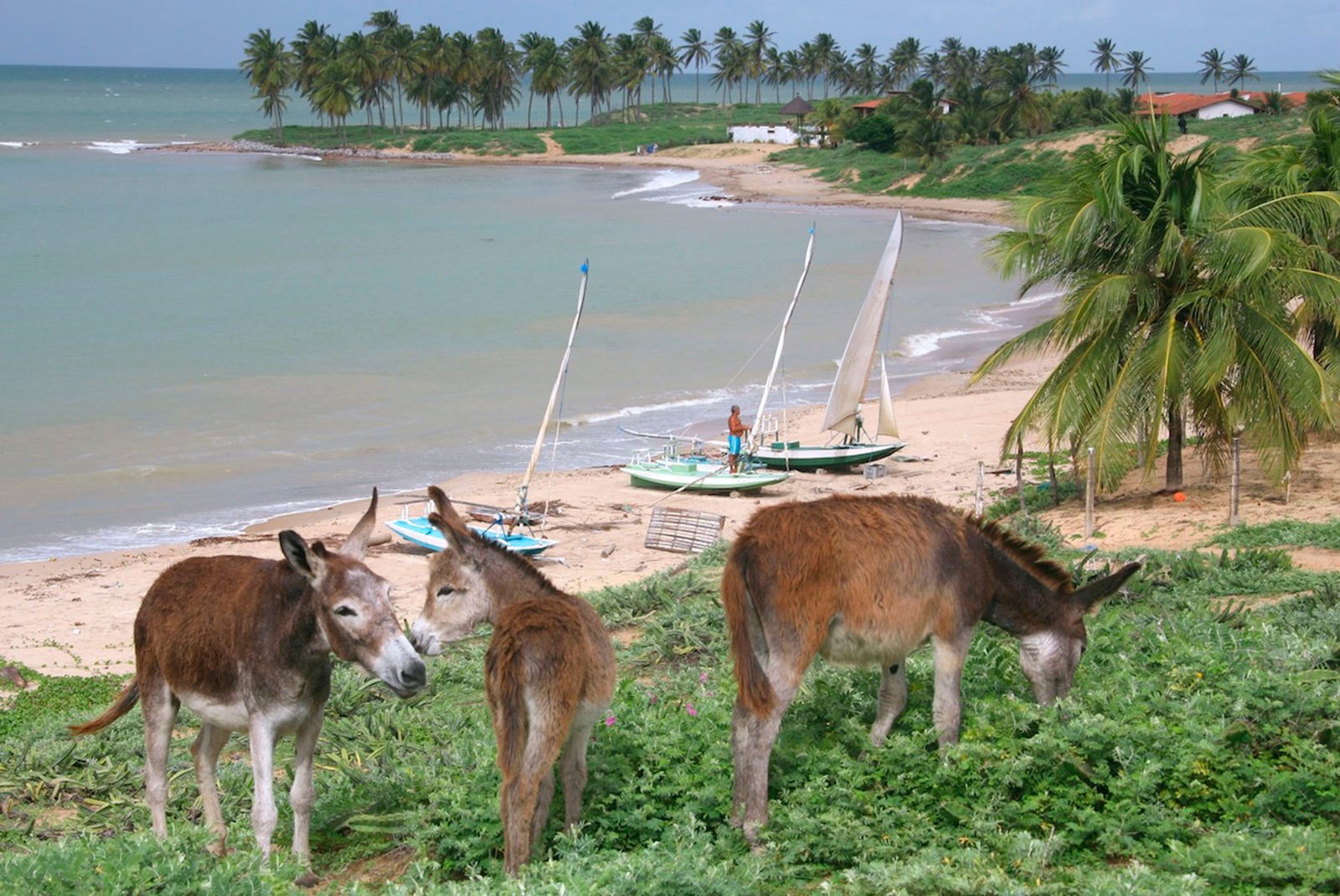
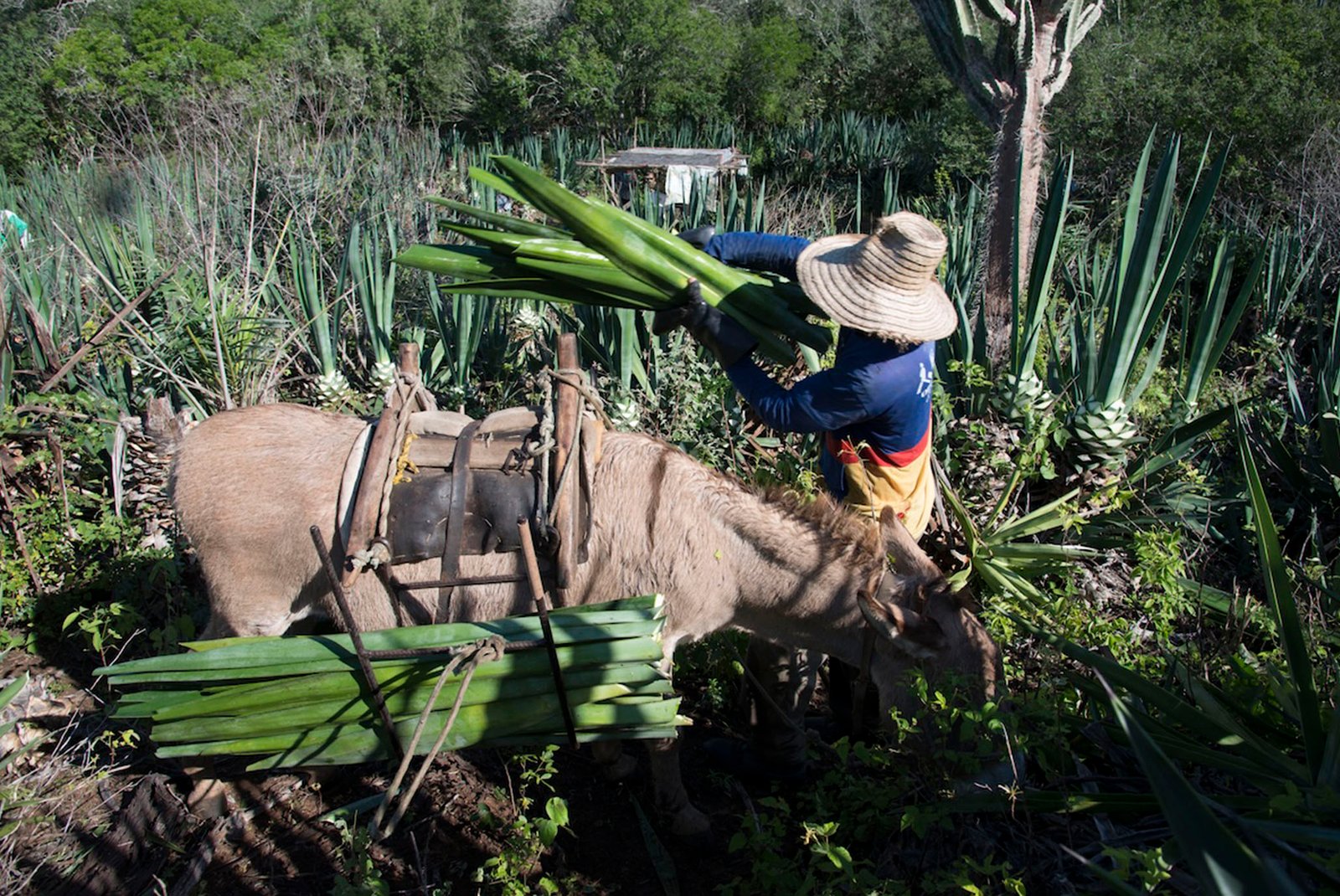
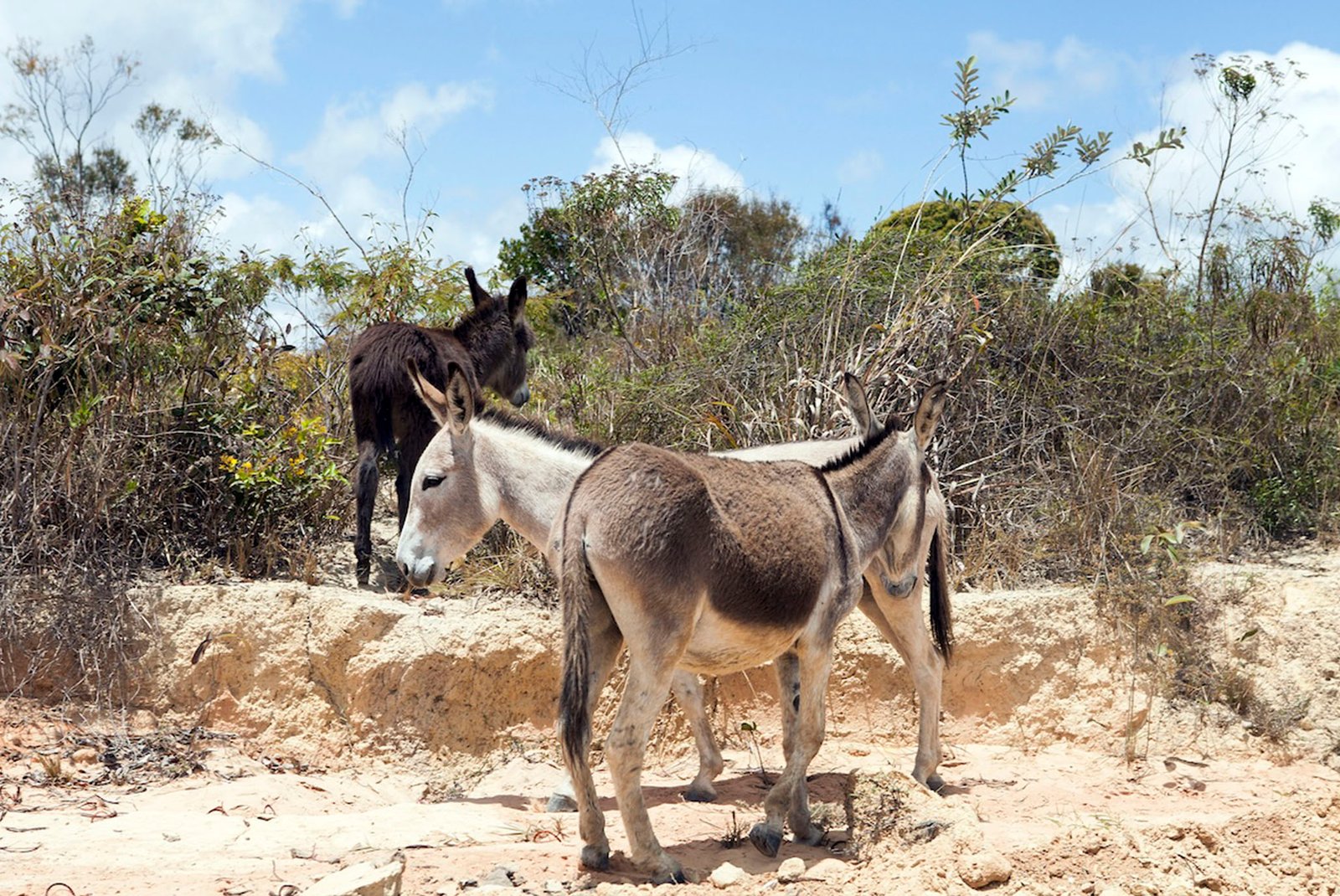
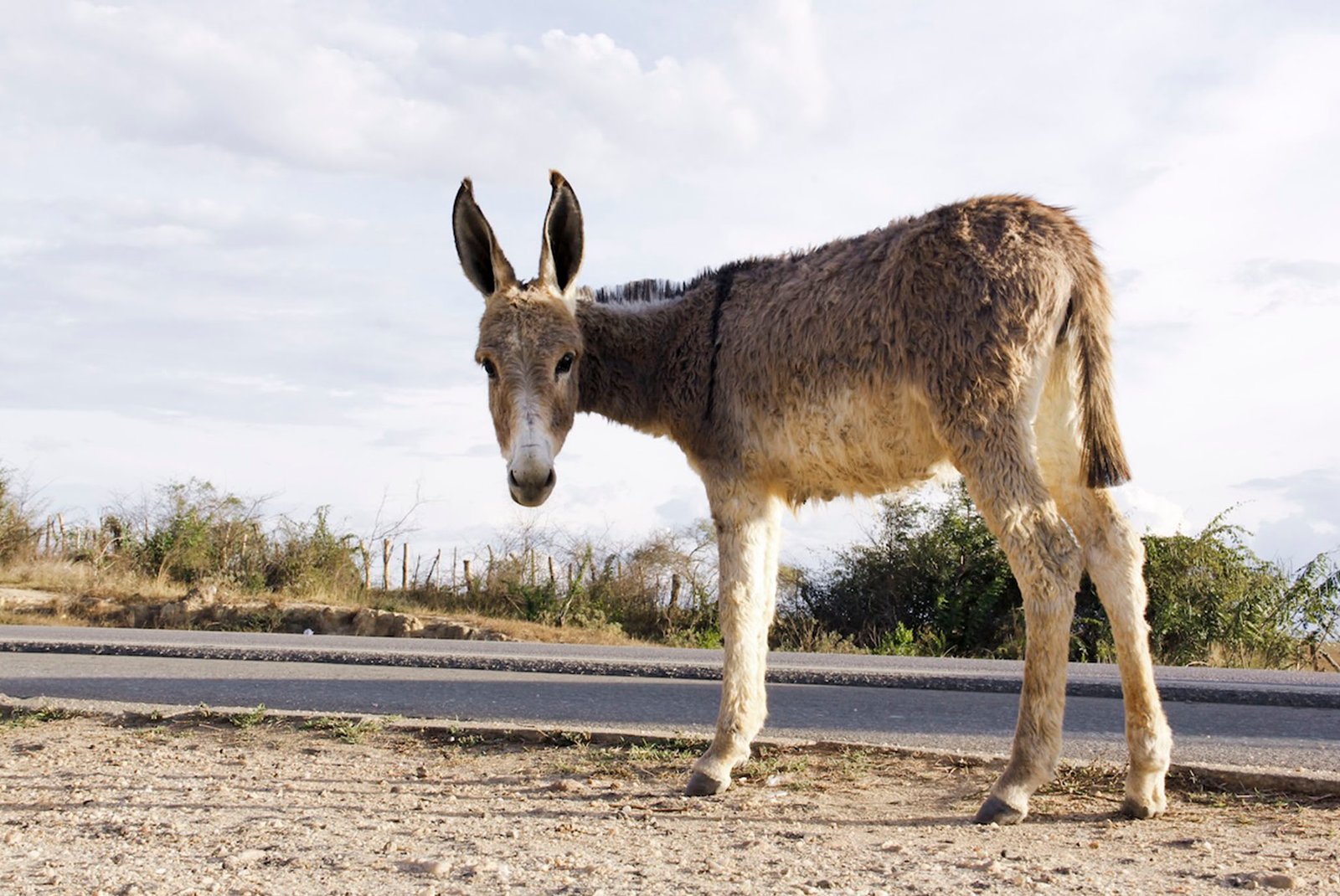
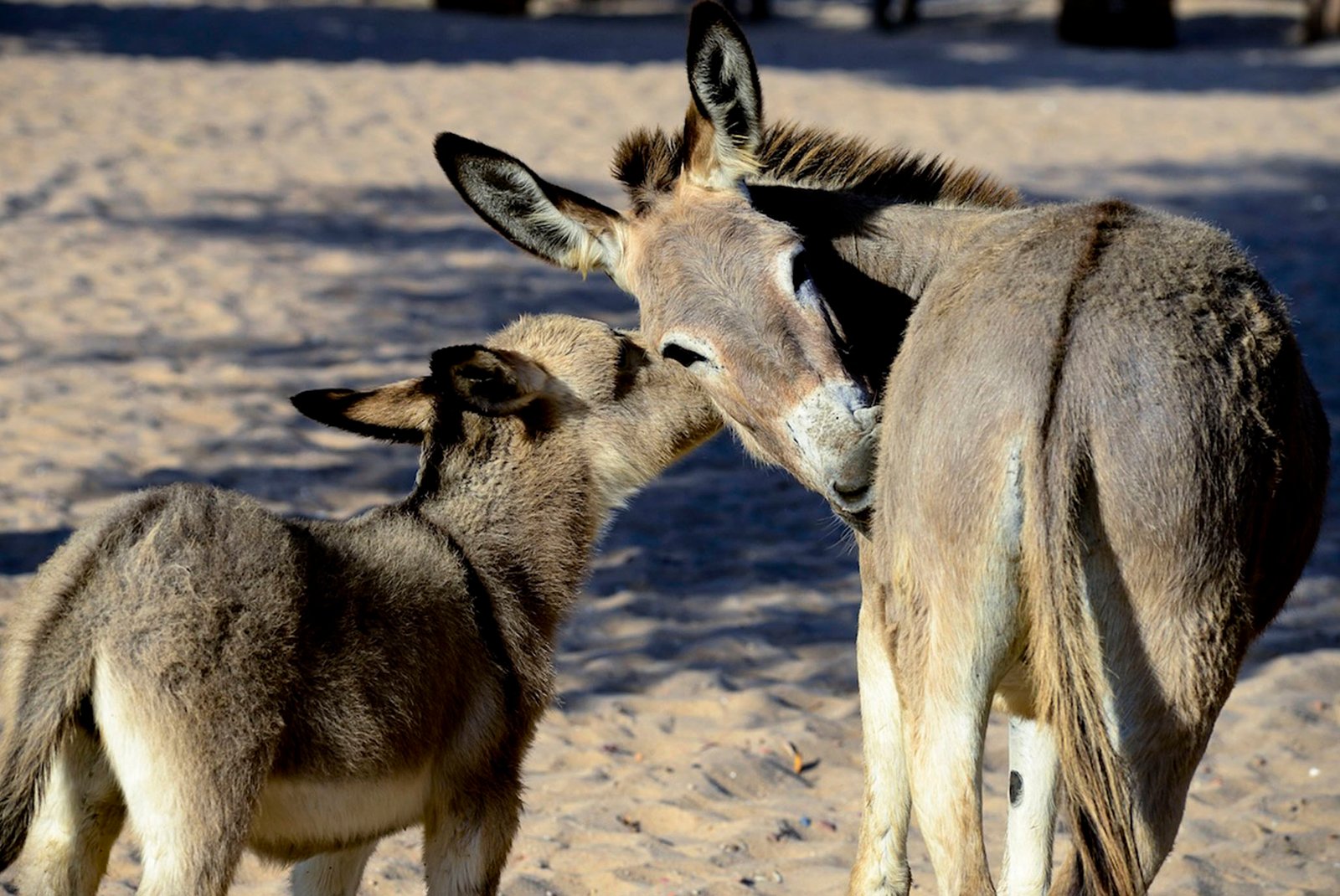
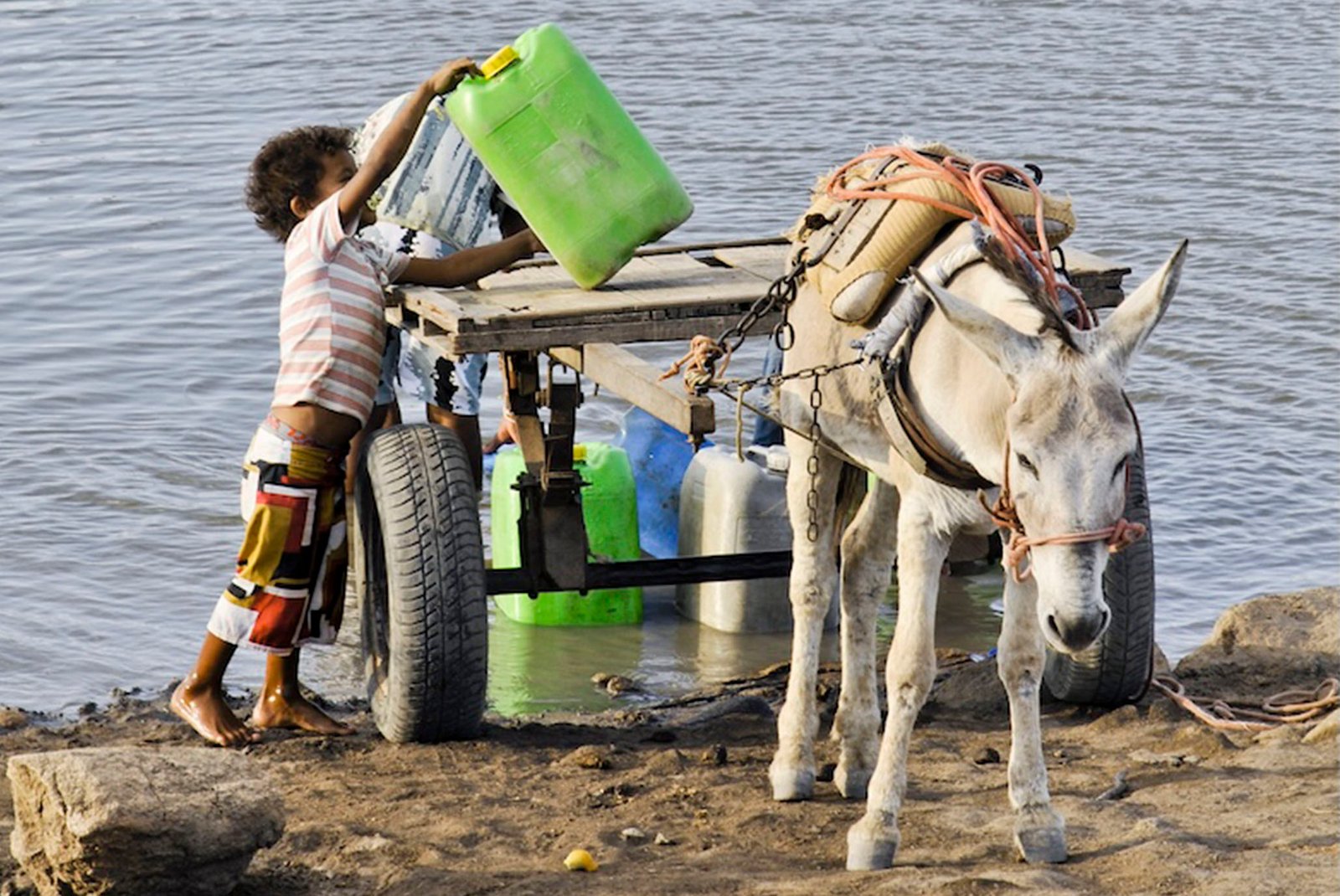
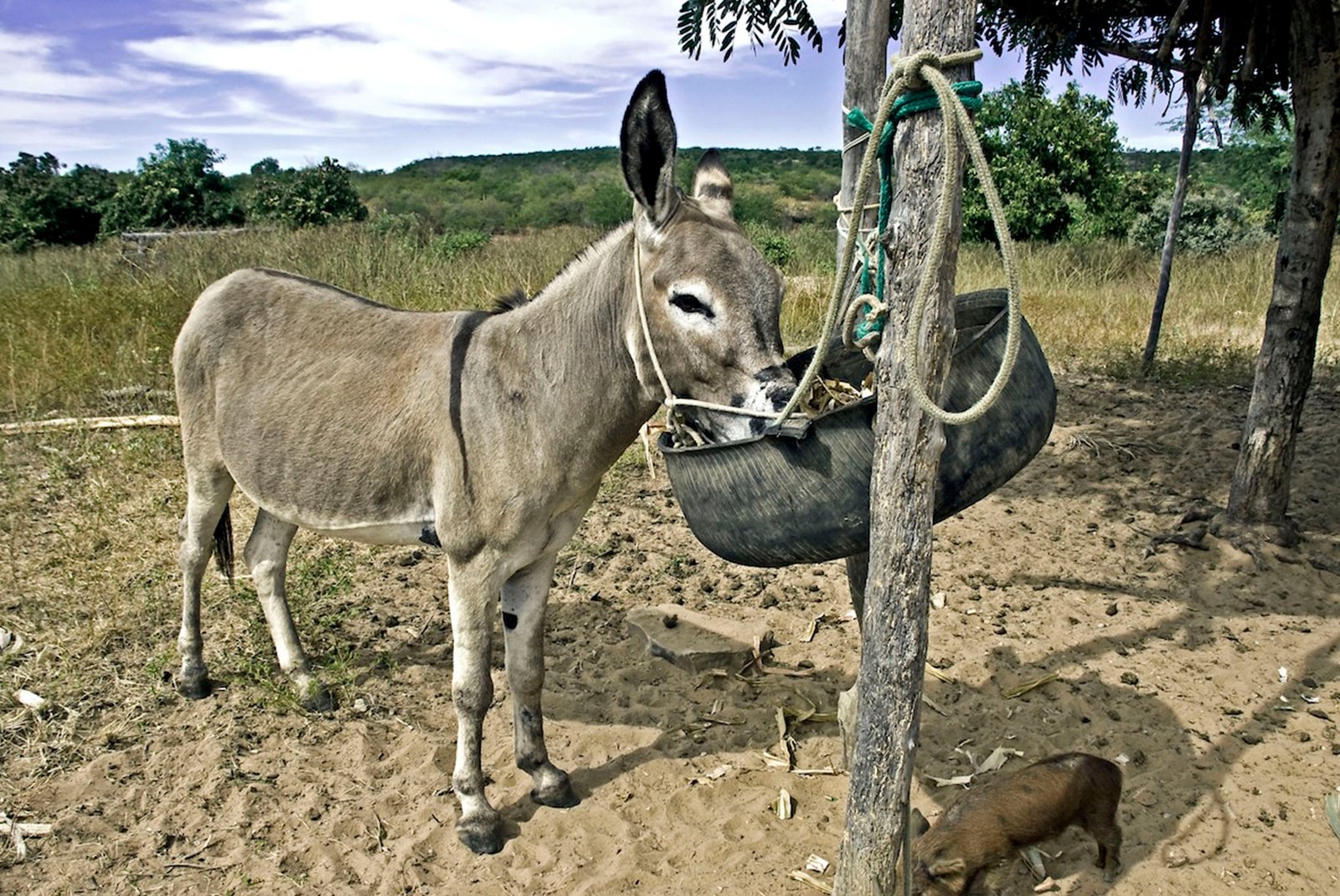
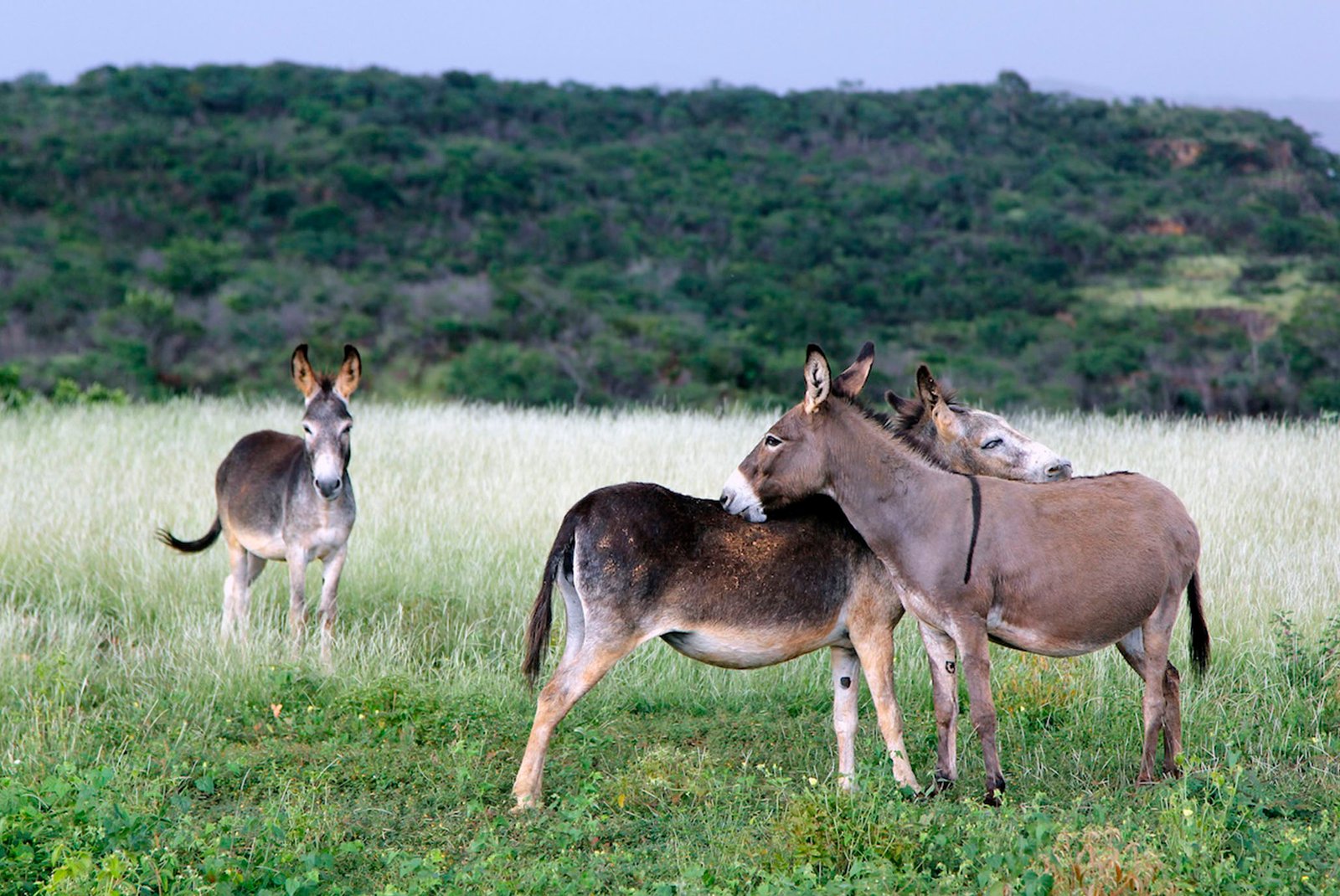
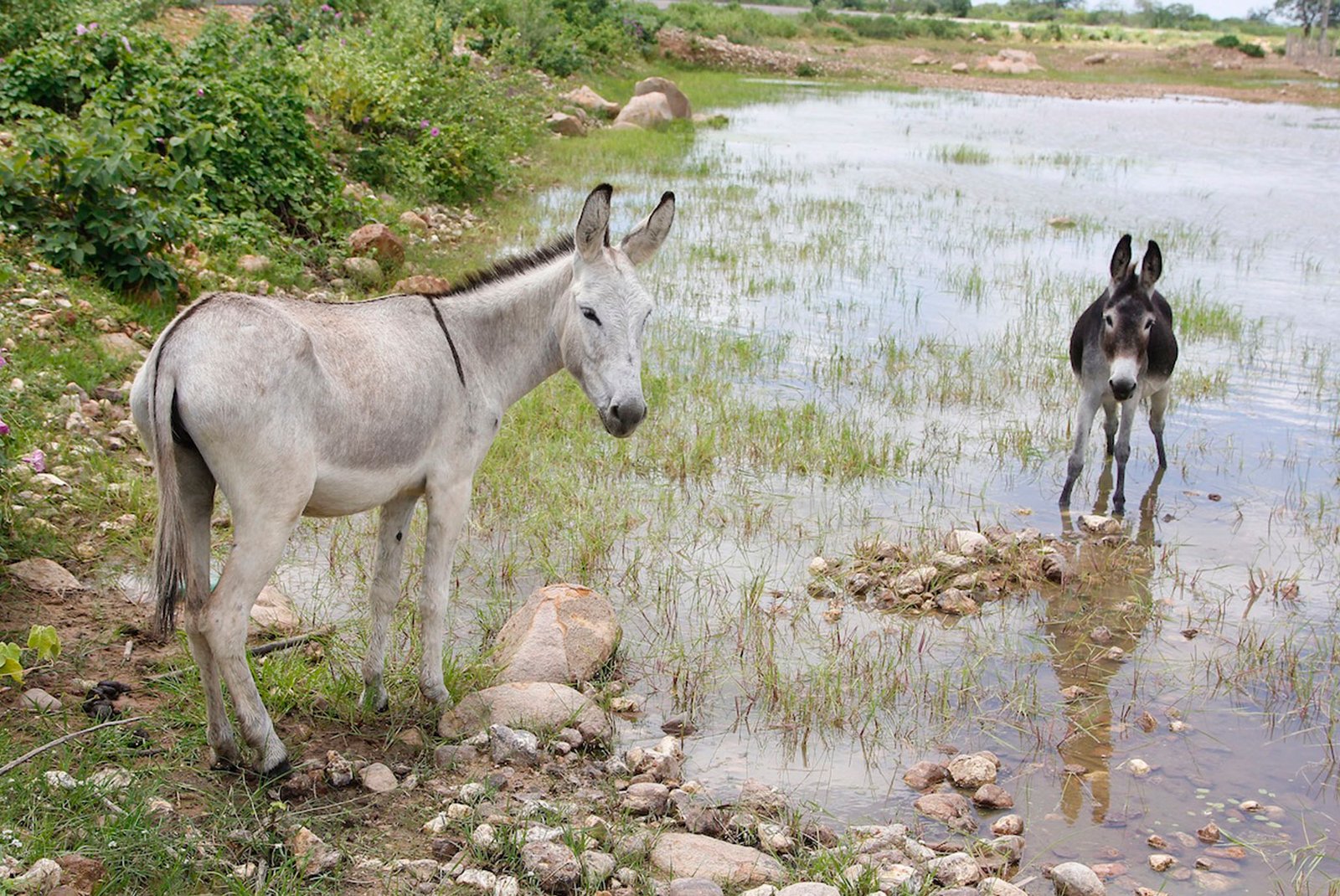
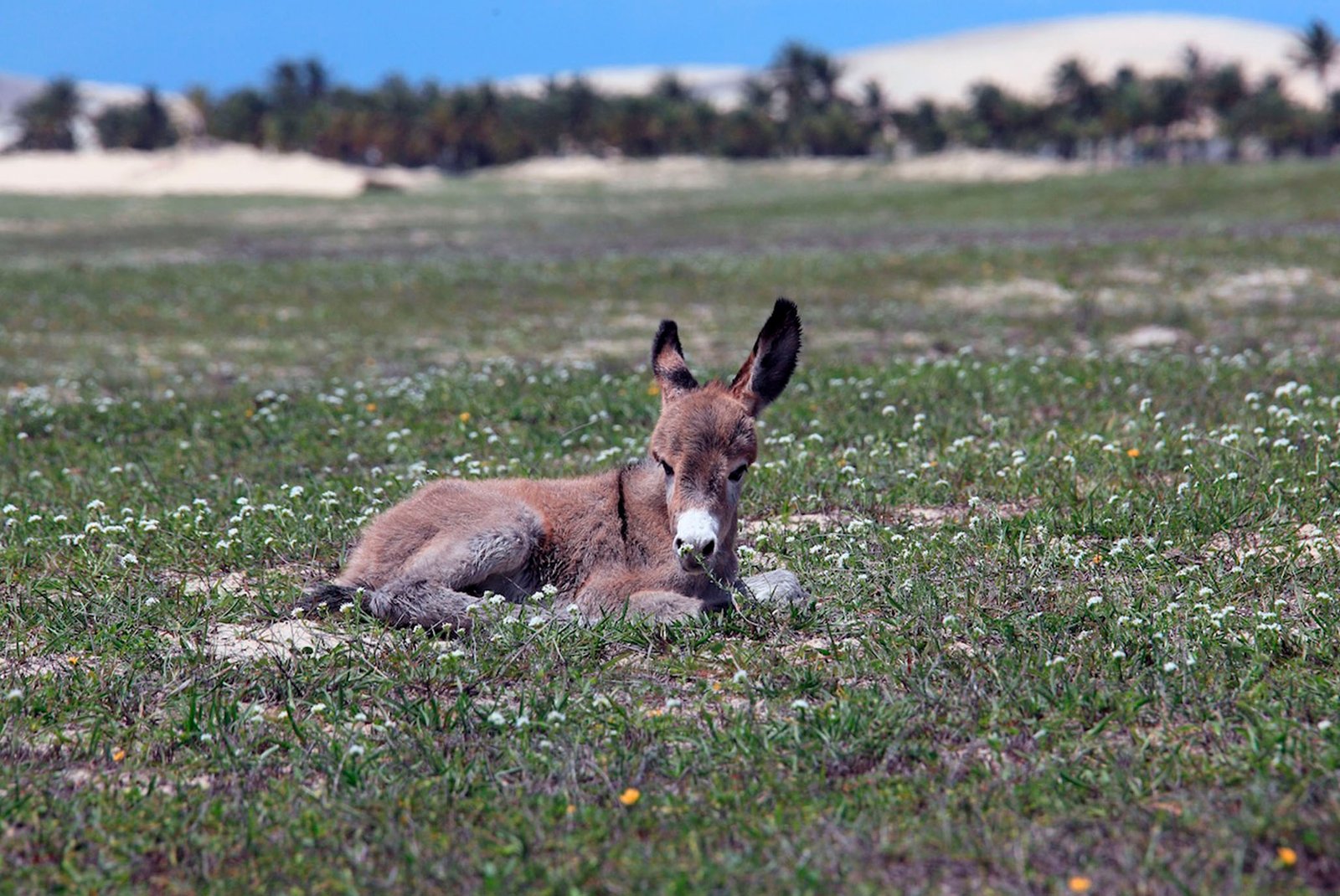

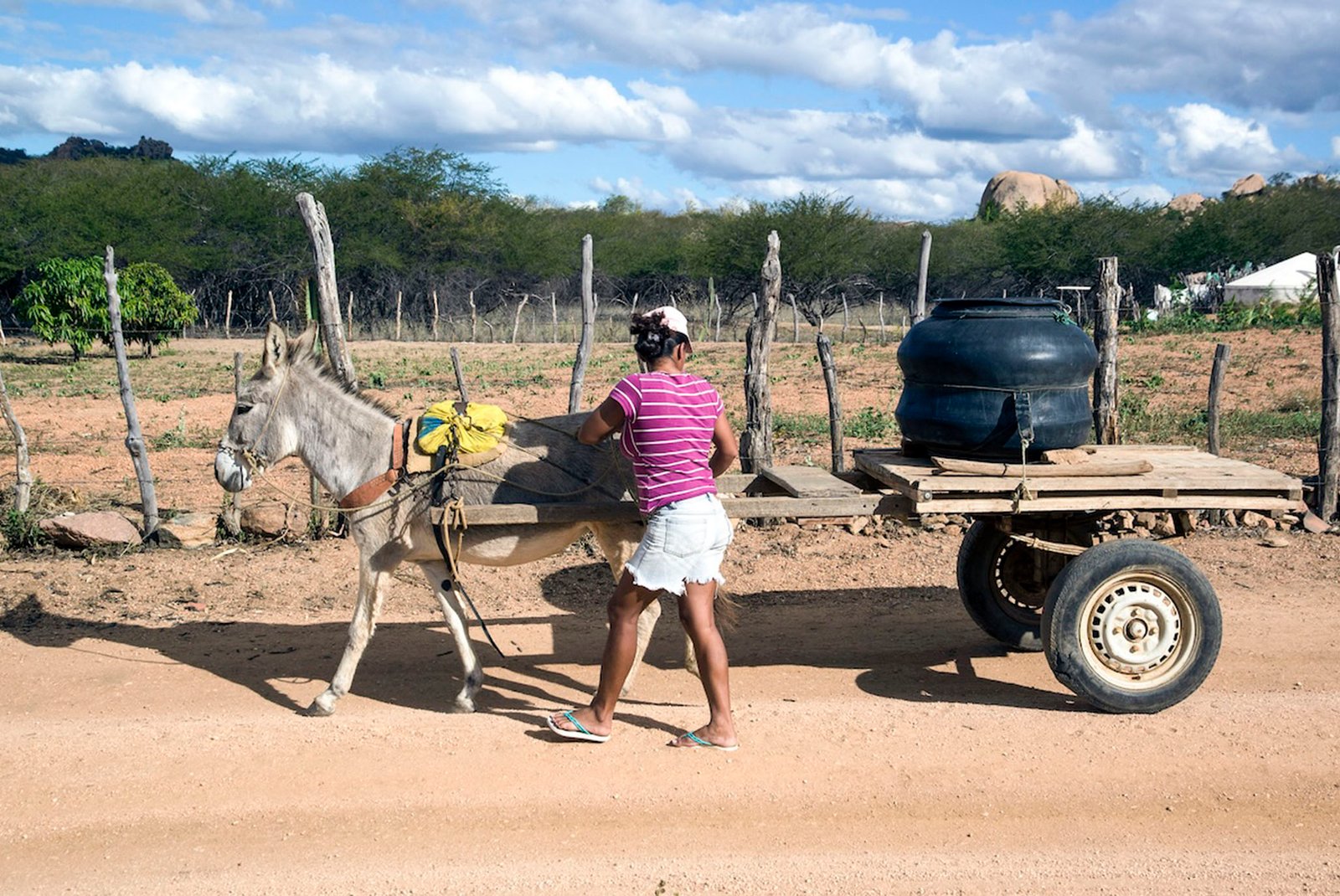
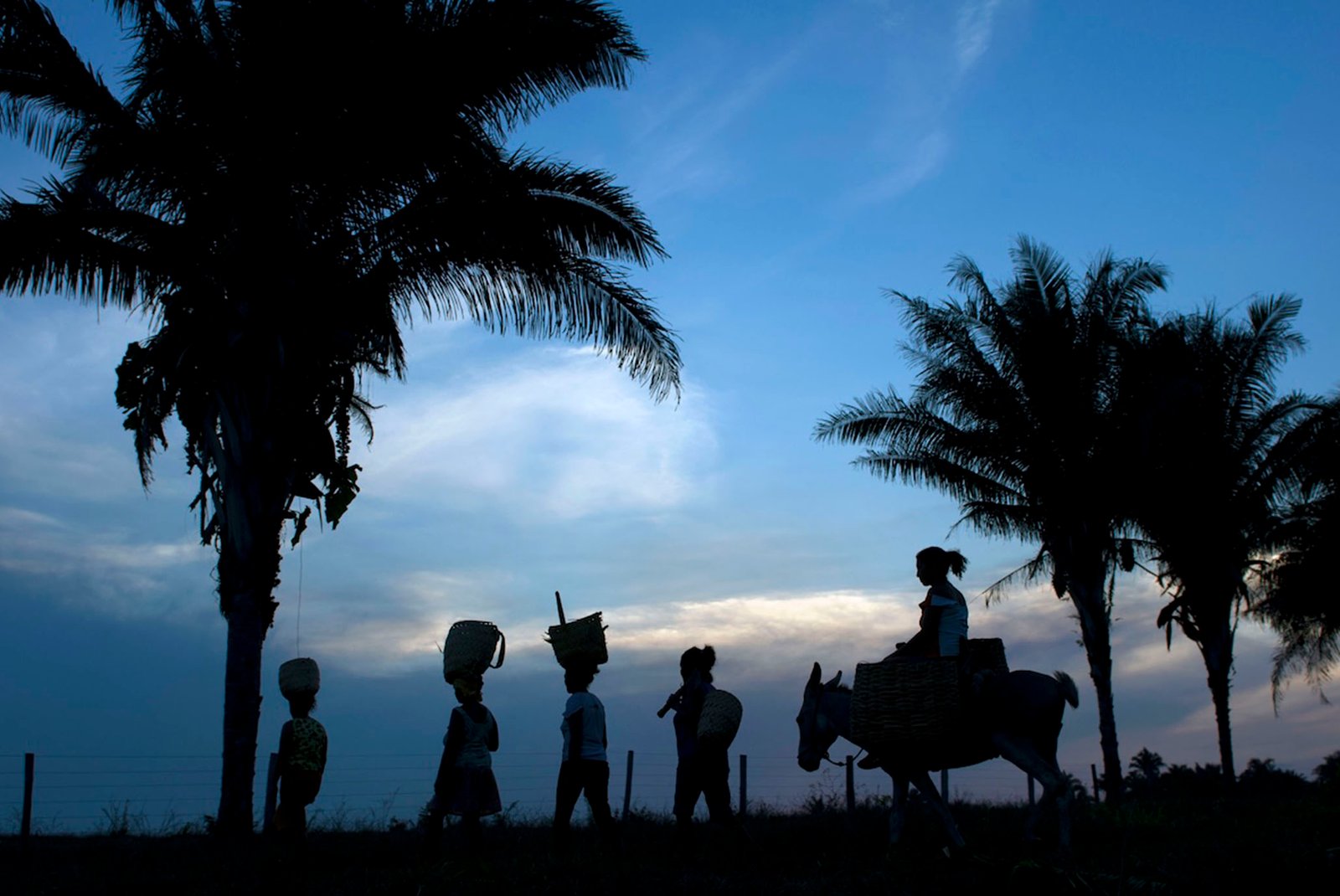


Who supports the cause
Civil Society Partners:


A better world for donkeys is a better world.